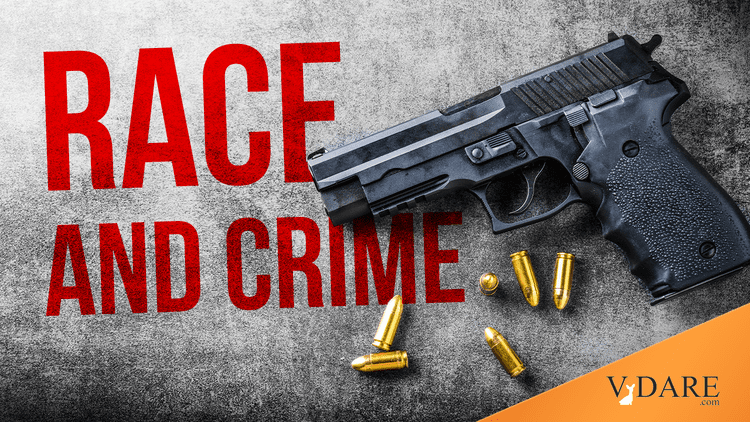


By Steve Sailer
02/20/2014
Like "vibrant," any time you see the increasingly popular term "black bodies," you are probably having your chain yanked. You are automatically supposed to think of 12-year-old Trayvon Martin, not the Seattle Seahawks starting defense. From The New York Times:
The Bias Against Black BodiesFEB. 19, 2014
Charles M. Blow
Michael Dunn case has caused us to look once again at the American culture and criminal justice system, and many don’t like what they see.
But we shouldn’t look at this case narrowly and see its particular circumstances as the epitome of the problem. They are not. The scope of the problem is far more expansive, ingrained and ellusive [sic].
Indeed. It’s elusive to the point of being illusive.
This is simply one more example of the bias against — and in fact violence, both psychological and physical, against — the black body, particularly black men, that extends across society and across their lifetimes.
Like how black bodies never get to play cornerback in the NFL.
And this violence is both interracial and intra-racial.
12 Years a Slave! 12 Years a Slave!
A 2011 study found that black parents were the most likely to spank their children.
Uh …
After the study was released, Dr. Alvin F. Poussaint, a Harvard Medical School psychiatrist who advocates against corporal punishment, and who also happens to be black, told CNN: “We have such damage in the black community. When you add to that parents beating their kids, it’s sending the message that violence is an O.K. way to solve problems.” Poussaint added later, “violence begets violence, anger begets anger, and the loss of control makes it all worse.”And for many black children, when they go to school things don’t get much better. According to the Center for Effective Discipline, corporal punishment and paddling in school is allowed in 19 states; these include all the states except Virginia in the Black Belt, which stretches across the South. The center found that African-American students make up “17 percent of all public school students in the U.S., but are 36 percent of those who have corporal punishment inflicted on them, more than twice the rate of white students.”
This inequitable treatment in schools is also exerted in other ways. As USAToday reported in May:
“The average American secondary student has an 11 percent chance of being suspended in a single school year, according to the study from the University of California-Los Angeles Civil Rights project. However, if that student is black, the odds of suspension jump to 24 percent.”
To you and me, it seems pretty hard not to notice that the very black Seahawk defense that destroyed Peyton Manning’s offense in the Super Bowl and the higher rate of suspensions earned by black youths are manifestations of more or less the same underlying phenomenon. But there you go again, noticing.